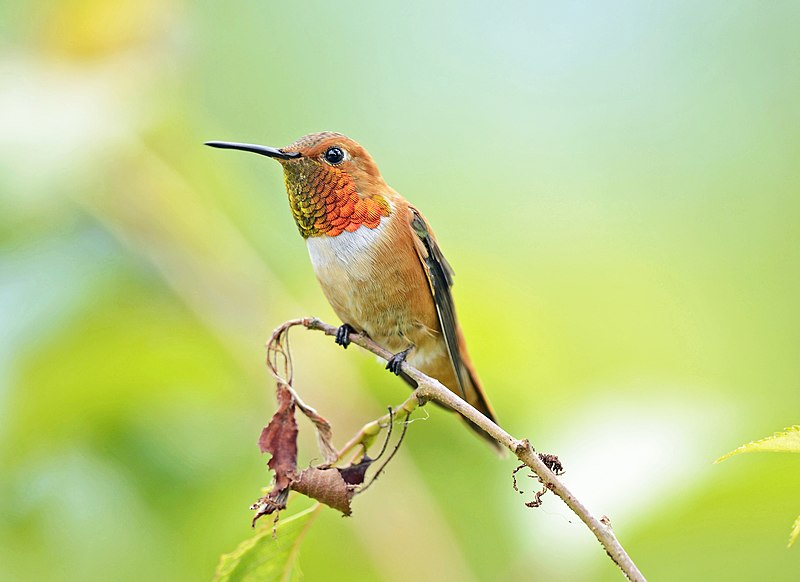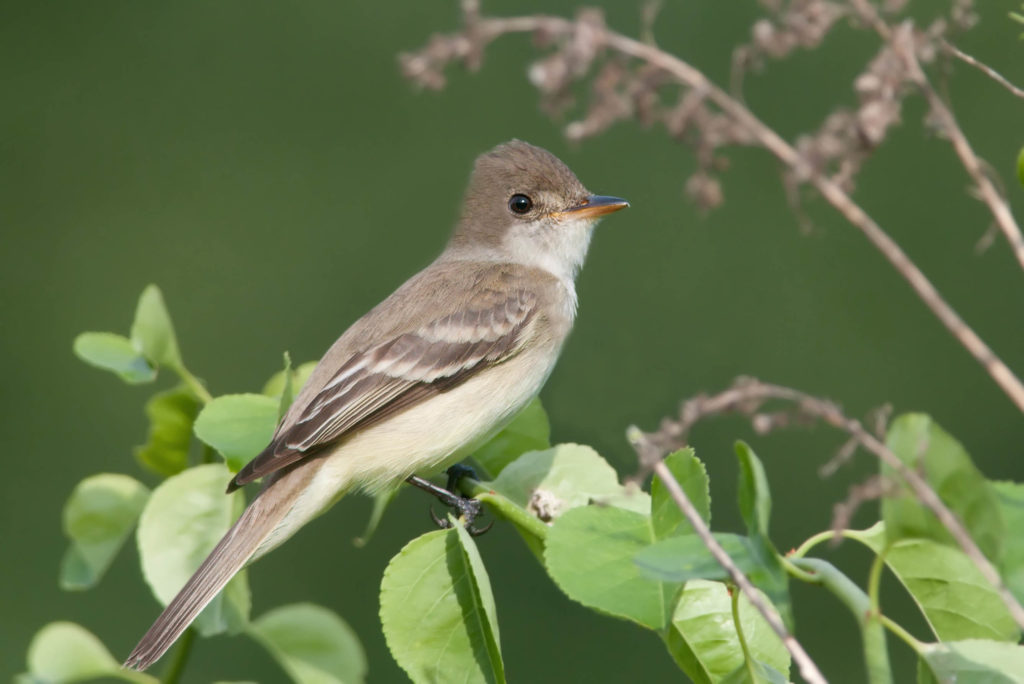Due to our southern location and proximity to the Gulf of Mexico, Houston and the surrounding bay area are hot spots for seasonal bird migration. We are home to a lot of avid, eager birdwatchers anxiously awaiting to check off their “life list.”

Houston sits along the Central Flyway and Mississippi Flyway, which means we get the opportunity to view the Nearctic-Neotropical migrants. The species composing this group of migrants breed in temperate latitudes (U.S. and Canada) but leave to spend the winters in tropical latitudes much further south (Central and South Americas). Of the 338 species listed as the Nearctic-Neotropical migrants in North America (in this case, north of Mexico), 333 of them have been recorded right here in Texas! Thus, of the 615 avian species documented in Texas, 54% of them are Nearctic-Neotropical migratory birds. We are a pretty important stop-over.
Why do birds even migrate to begin with? There are a few hypotheses offered as to why. Birds migrate to areas where the food is more abundant and plentiful, to new spaces where there is less competition for nesting spaces, the climate is milder which makes multiple aspects of life easier, and the daylight hours are longer, which offers more safe time to forage, mate, find/create nesting space, etc. Competition for real estate in the tropics can be very fierce, so it could be advantageous for you to move your breeding grounds elsewhere. In fact, some studies have shown birds are in such a hurry heading back up north to grab the best breeding grounds that a trip taking two months headed down south was completed in under two weeks coming back up north (Negotiating an ecological barrier: crossing the Sahara relation to winds by common swifts; Akesson et al.).

Completing brief research online will provide you with wildlife sanctuaries, state parks, wildlife reserves and other wildlife hotspots to view these migratory birds, and perhaps may even give insight when to expect a specific bird you’re anxious to see. Among the many, many species passing through, you may spot the rufous hummingbird, willow flycatcher, scissor-tailed flycatcher, chestnut-sided warbler and one of my favorites, the black-throated green warbler.

Keeping track of the birds and other wildlife you’ve located is easy. Citizen science based learning through smartphone apps such as iNaturalist help you identify and log these animals. Of course, an old fashioned journal also does the trick!
Your contribution matters today more than ever, as we strive to ensure that the museum is ready and able to welcome you back. Please GIVE TODAY to help support our mission of science education.
Authored by Sarah Landuyt

